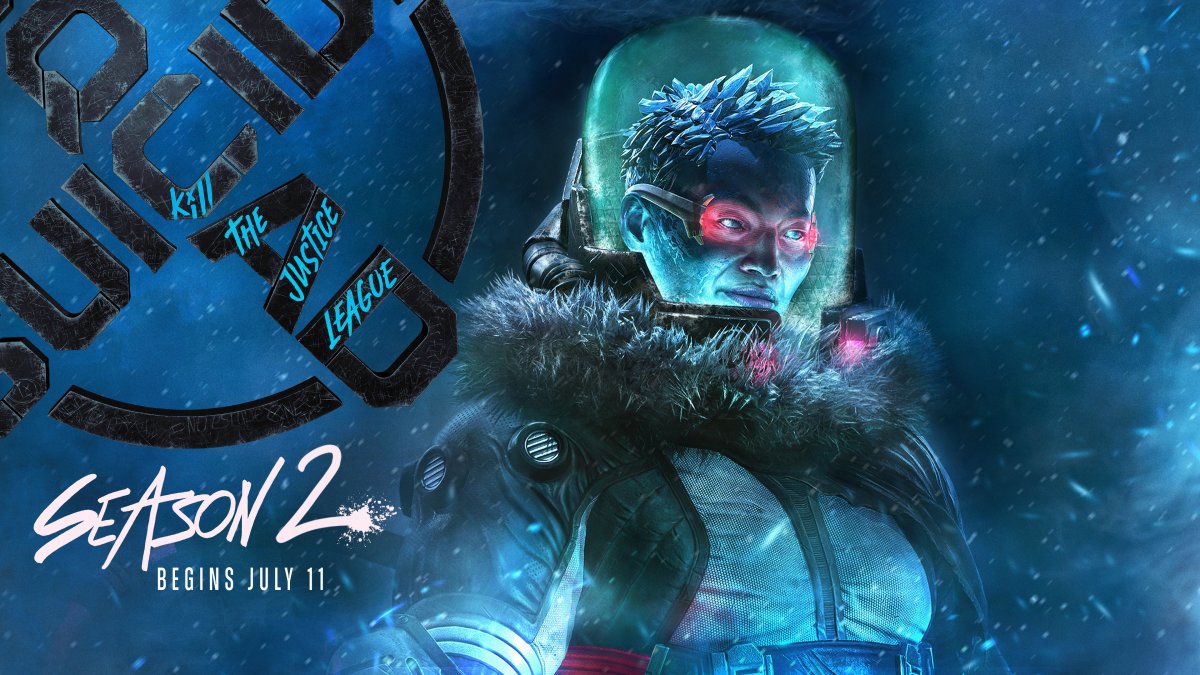We have heard various opinions about “Suicide Squad: Kill the Justice League.” The press has been critical since early previews, casting doubt on the game’s quality even before its release, especially given its reputation as a service game developed under constraints imposed by Warner’s parent company. However, much like in a good narrative, there was an unexpected turn of events when Early Access players enthusiastically shared on social media that the game was excellent and that journalists and weekend testers had misunderstood it entirely. So, who is correct? Well, after completing the main campaign and delving into some endgame content, I can confidently state: “Suicide Squad: Kill the Justice League” is a well-polished game.
WASTED TALENT
Let’s be honest: if you are seeking to recapture the atmosphere and gameplay experience of the old Batman Arkham series, Suicide Squad Kill the Justice League is not what you are looking for. It stands at the opposite end of the spectrum from the Batman trilogy in terms of artistic direction, gameplay mechanics, and narrative foundation, although it does retain some elements reminiscent of that series. Warner and Rocksteady attempted to salvage the Suicide Squad project after initial backlash emerged a year and a half ago when the public learned about its shift towards becoming a service-oriented game. Despite this, Suicide Squad Kill the Justice League was initially presented as a playable solo experience with a detailed storyline and careful narration. However, upon diving into the game, it becomes evident that everything has been tailored for multiplayer, specifically cooperative play involving four players. While playing alone, the AI controls the other members of Task Force X, their actions are severely limited, and you end up doing most of the work yourself. The AI can shoot randomly at crowds but falls short when more precise actions are required. This lack of focus on game objectives is evident when these objectives are poorly assigned, yet familiar to the player due to repetition throughout the 15 hours needed to complete the game. Despite this, there was potential in adopting a Metropolis perspective that still carries traces of an abandoned Superman game. Unfortunately, the environments feel quite empty, understandable given almost all humans have been killed by Brainiac, a clever narrative device; however, it also results in architectural layouts that more closely resemble a chaotic cityscape than a cohesive universe.
FORTNITE DC
Visually, Suicide Squad: Kill the Justice League is not without flaws; it is quite inconsistent. While the game excels in modeling the main characters with high polish, it fails to represent its enemies with the same level of detail, offering only a limited variety. Additionally, Meropolis City does not inspire exploration, unlike Gotham City in the Batman Arkham trilogy. Regarding boss battles, they are neither numerous nor as impressive as one would expect for the caliber of characters faced. Notably, the encounters with Batman and Brainiac lacked creativity. Personally, I found enjoyment in defeating all members of the Justice League, even finding humor in Boomerang urinating on Flash’s corpse, but honestly, the fights do not showcase what these superheroes are capable of. This was disappointing both in terms of design and execution.
Once again, as I have stated previously, due to its awkward balancing between narrative experience and service game elements, Suicide Squad: Kill the Justice League fails to excel in either area. Consequently, it performs everything quite averagely and never achieves anything remarkable. Admittedly, if you enjoy shooter-looter games and relish shooting at the same enemies repeatedly in highly repetitive missions to gather maximum resources and turn them into cosmetic bonuses, then this game may be suitable for you; otherwise, you will likely find the experience disappointing. Additionally, even the endgame content offers nothing thrilling, merely repeating what was done throughout the 15-hour adventure. It is clear that a sequel or additional content via DLC, specific events, and updates will follow, whether free or paid.
Have any thoughts?
Share your reaction or leave a quick response — we’d love to hear what you think!


